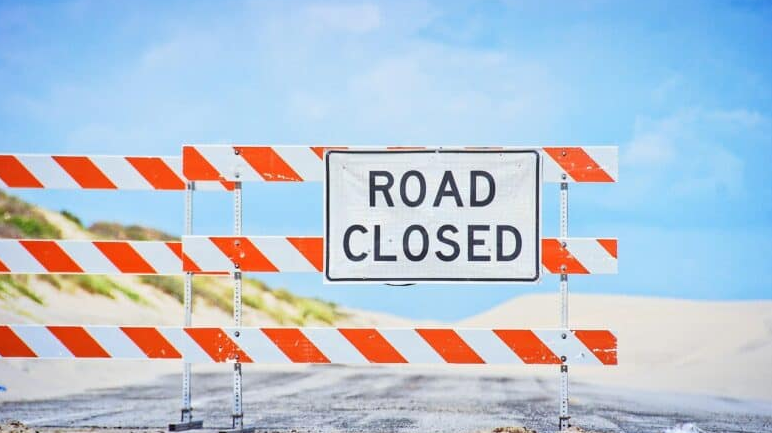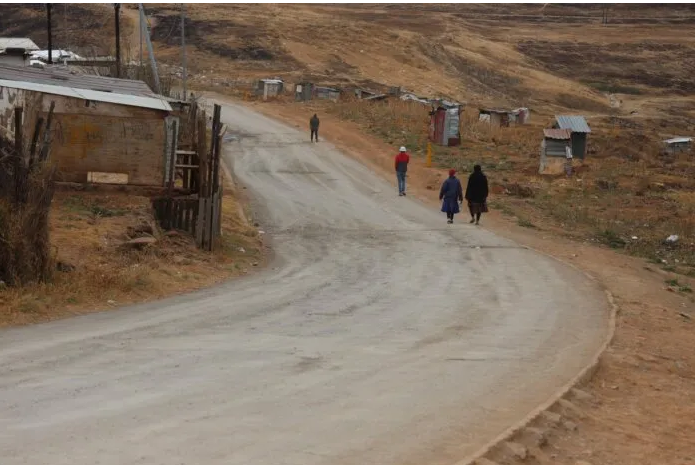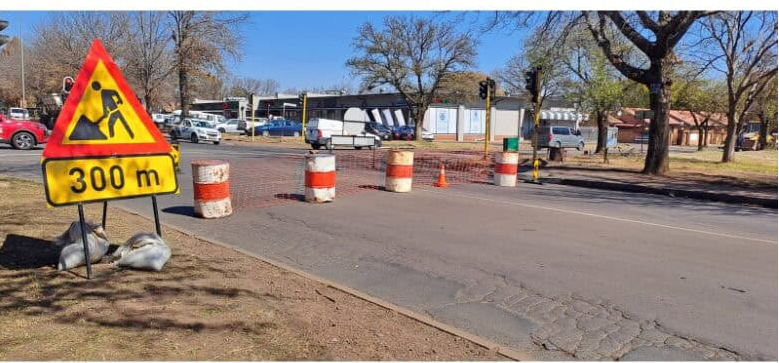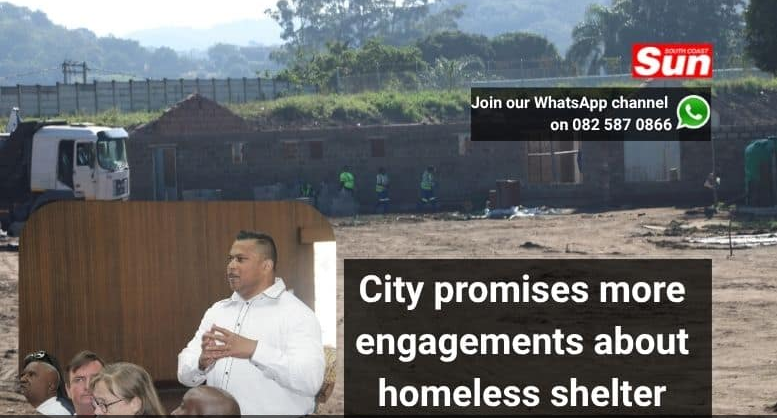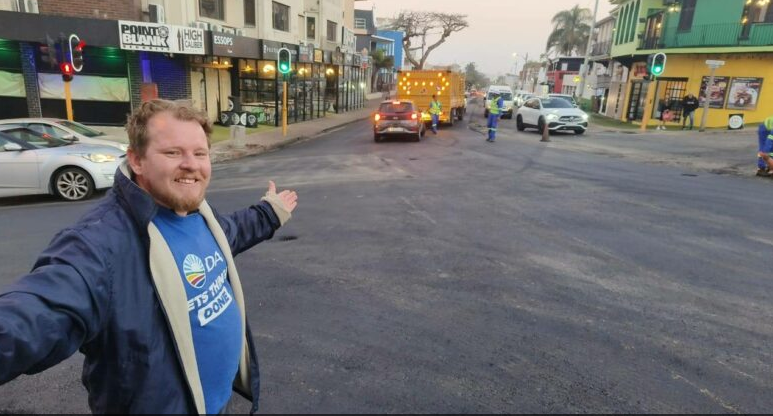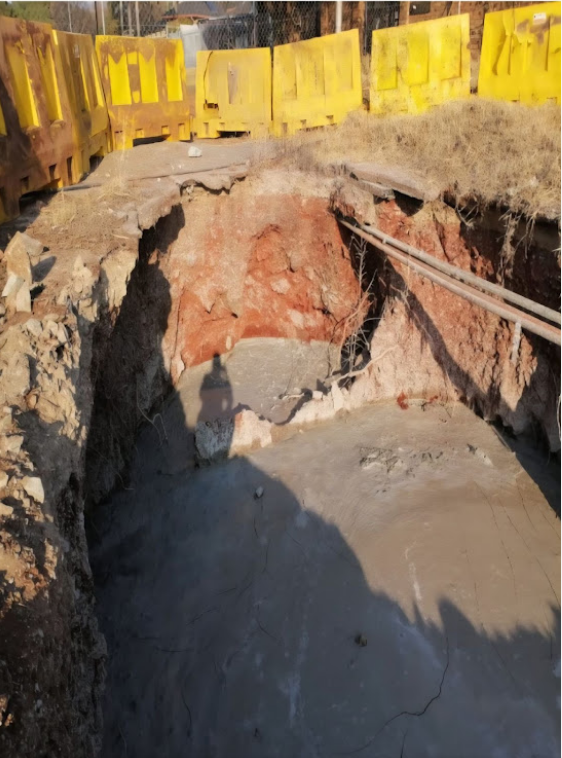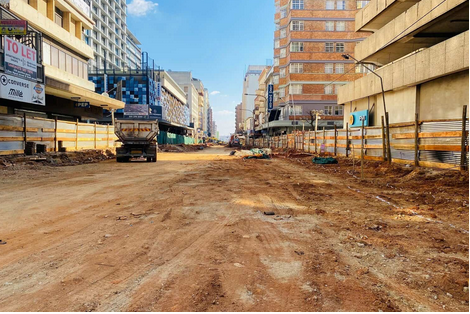Warning of third-quarter shocker
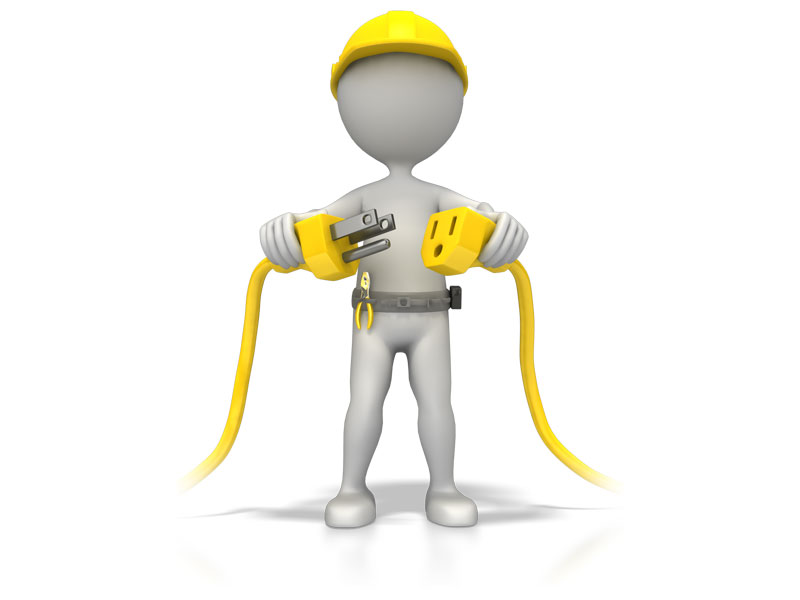
Advertising
17-11-2008
Read : 2 times
Business Day
the week ahead:slowdown in retail sales, mining and manufacturing sectors
economics editor
economic growth may have ground to a halt or even contracted in the third quarter of this year, marking the first fall in output for sa since 1998.
the prognosis for next year is even more grim, as fallout from the worst global financial crisis in 80 years takes its toll on local exports and investments.
at this stage, very few are predicting a recession for sa, despite the fact that three of its main trade partners — europe, the us and uk — appear to be there already.
growth over this year is still likely to amount to more than 3% — a respectable outcome, albeit below the average pace of 5% seen over each of the past four years.
but official data last week showed that retail sales, mining and manufacturing all contracted in the third quarter of this year. as these sectors account for a combined 35% of gross domestic product (gdp), their woes will sharply curb overall growth.
“the gdp figure for the third quarter will be a shocker to markets and policy makers,” said thebe securities economist elize kruger. “we forecast real gdp growth of only 0,3%, down from 4,9% in the second quarter.”
warning of third-quarter shocker
the numbers, which are seasonally adjusted and annualised, are due from statistics sa on november 25 .
“with the quarter-on-quarter growth rate uncomfortably close to zero, a surprise negative number cannot be ruled out,” kruger said in a research note.
several other analysts agree.
“we have slashed our growth forecasts — sadly it’s a rather negative picture,” said nedbank economist nicky weimar.
she also predicts growth of 0,2% to 0,3% in the third quarter of this year. but her forecast for annual growth next year is more disturbing. weimar sees expansion of just 0,8%, which would be the lowest pace since 1998.
the last time sa’s economy contracted was in the third quarter of that year, when it shrank 0,9% during an emerging markets crisis, which pushed prime lending rates above 25%.
by definition, an economy is in a recession when it contracts for two quarters in a row as has the 15-nation euro zone, according to data released last week.
sa has been relatively well insulated from the global credit squeeze, which demolished global banking giants and prompted governments of several of the world’s biggest countries to pump billions into their economies. sa’s economy was set to slow this year and next in any case after a five percentage point rise in lending rates curbed consumer demand, the main growth engine.
but the global crisis has worsened the outlook, putting a question mark over expectations that investment will take up the slack from the consumer slowdown.
official plans to spend more than r600bn on infrastructure over the next three years are likely to remain on track, with power utility eskom managing to obtain finance for its expansion, despite the dire global environment.
but the investment plans of the private sector — which makes up 70% of the total — are in jeopardy as demand for exports wanes and finance costs climb.
“the assumption up to now is that fixed investment will carry us through — but public spending is only 30% of the total,” weimar said. “the rest is the private sector ... and why would anyone spend in this environment?”
growth in the main investment measure (gross fixed capital formation) slowed to 9,1% in the second quarter of this year from 16,9% in the first quarter. it has surged at a double-digit rate since the middle of 2005, boosting the ratio of investment to gdp to a healthy 22%. weimar sees growth in investment slowing modestly to 11,4% this year, then subsiding more radically to 2,7% next year.
“what is happening in the world now is much worse than what we saw in 1998,” she said.
absa capital research head jeff gable is also worried about gdp growth in the near term.
“i’m going to forecast no growth in the third quarter, and i’m worried it may be negative, when you look at what’s happened with mining, manufacturing and retail sales in the quarter.” he is more upbeat about next year, predicting growth of more than 2%.
brait economist colen garrow has a sanguine view: “we will still see growth, and in this climate any growth is better than no growth.”
Recent News
Here are recent news articles from the Building and Construction Industry.
Have you signed up for your free copy yet?
